Cycling is a powerful way to stay active, especially during and after pregnancy. However, the forward-leaning position common in cycling can lead to postural imbalances—tight chest muscles, rounded shoulders, and weakened back and core muscles. Over time, this can cause discomfort, lower back pain, and reduced performance. The good news? Just 10 minutes a day can help reset your posture, improve alignment, and support your body through the physical changes of pregnancy and postpartum recovery.
This guide offers coach-style pointers, form cues, and easy modifications tailored specifically for cyclists who are pregnant or in the postpartum phase. These simple daily resets are designed to be safe, effective, and easy to integrate into your routine—no equipment required.
During pregnancy, your center of gravity shifts forward as your belly grows. This change, combined with the natural relaxation of ligaments due to hormonal shifts, increases the risk of poor posture—such as an exaggerated lower back curve (lordosis) and forward head position. Cycling can amplify these tendencies.
Postpartum, your core and pelvic floor muscles may be weakened, and diastasis recti (separation of abdominal muscles) can affect stability. Rebuilding postural awareness helps restore strength, prevent injury, and support a smoother return to cycling.
Perform this sequence daily, ideally after a short walk or gentle movement to warm up the body. Each exercise takes 1–2 minutes. Focus on quality of movement, not speed.
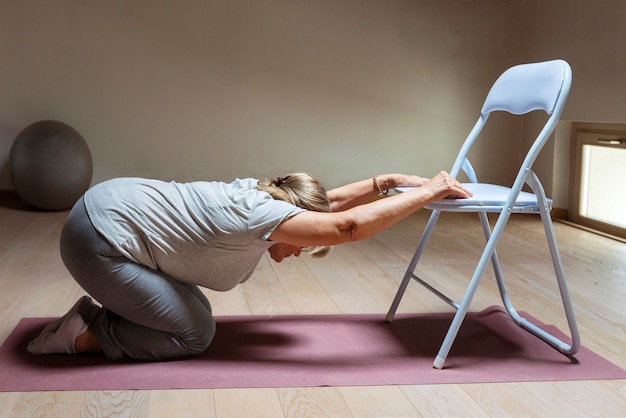
How to: Sit on a sturdy chair with feet flat on the floor. Place one hand on your belly, the other on your lower back. Inhale to lengthen your spine, lifting the crown of your head toward the ceiling. Exhale to gently engage your core and relax your shoulders down.
Form Notes: Keep your chin slightly tucked to avoid jutting your head forward. Imagine a string pulling you upward from the top of your head.
Modifications: During later pregnancy, widen your stance for better balance. Postpartum, focus on gentle pelvic tilts—rocking the pelvis forward and back—to reconnect with core control.

How to: Stand with your back against a wall, feet slightly forward. Press your head, shoulders, and hips gently into the wall. Raise your arms to a goal-post position (elbows bent at 90 degrees), then slowly slide them up and down the wall like a snow angel.
Form Notes: Keep contact with the wall throughout. If your lower back arches, step feet slightly forward. Move slowly—this is about control, not range.
Modifications: Reduce range if arms can’t reach full overhead. During pregnancy, avoid over-arching the lower back. Postpartum, keep movements small to rebuild neuromuscular connection.
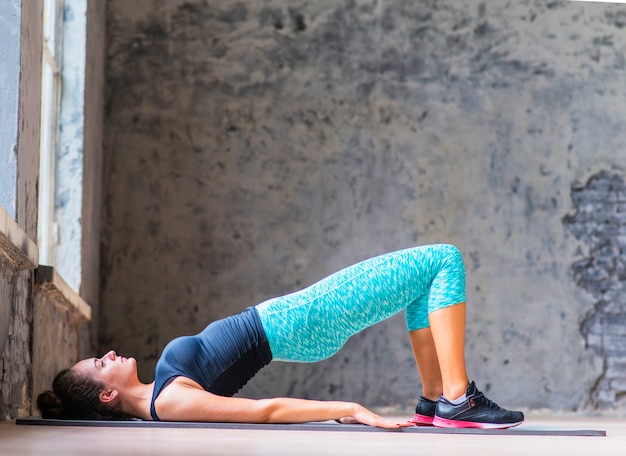
How to: On hands and knees (use a mat), inhale as you drop your belly, lift your chest and gaze (cow). Exhale as you round your spine, tuck your chin, and draw your belly in (cat).
Form Notes: Move with your breath. Focus on creating a wave-like motion through the spine.
Modifications: During pregnancy, widen your knees to make space for your belly. Postpartum, avoid deep backbends if you have diastasis recti—emphasize gentle movement and core engagement.

How to: Lie on your back with a foam roller or rolled towel placed vertically under your upper back. Let your arms fall open to the sides, palms up. Rest here, breathing deeply.
Form Notes: Keep your neck relaxed. Do not arch your lower back—keep it grounded.
Modifications: During pregnancy, avoid lying flat on your back after the first trimester. Instead, perform this seated with arms wide and back supported. Postpartum, this stretch helps counteract nursing and baby-holding posture.
How to: Lie on your side (during pregnancy) or on your back with knees bent. Inhale to prepare. Exhale to gently engage your pelvic floor (as if stopping a urinary stream) and draw your lower belly toward your spine. Inhale to release.
Form Notes: Keep breathing—do not hold your breath. This is a subtle activation, not a forceful crunch.
This foundational exercise supports posture by improving core stability, essential for cycling efficiency and spinal support.
Posture resets don’t need to be time-consuming. For cyclists navigating pregnancy or postpartum recovery, just 10 minutes a day can make a meaningful difference in comfort, strength, and riding performance. By prioritizing alignment and body awareness, you’re not just supporting your current health—you’re building a stronger foundation for your future rides.

Wellness

Wellness

Wellness

Wellness
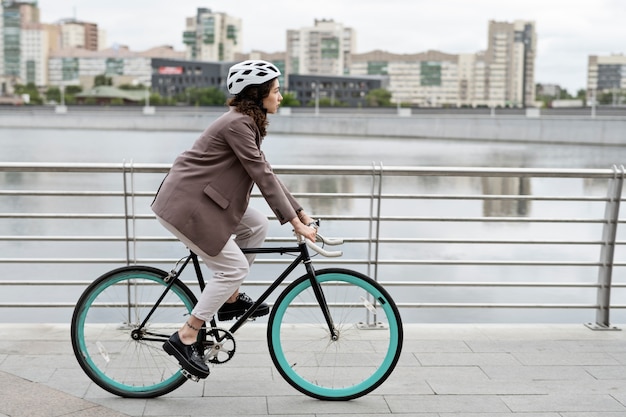
Fitness
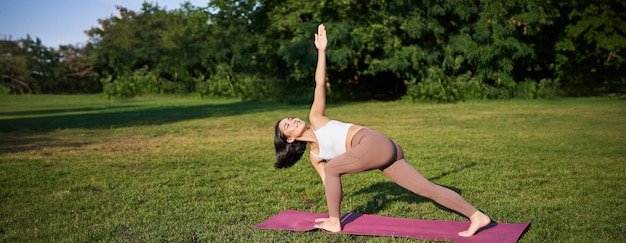
Wellness
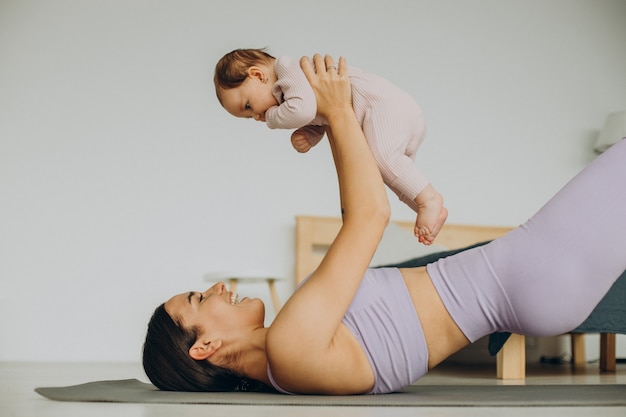
Fitness
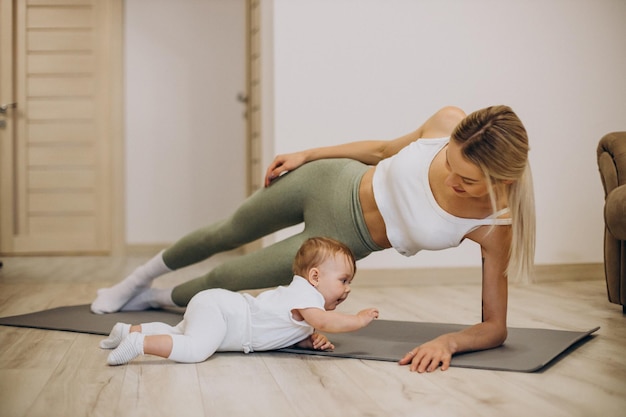
Fitness
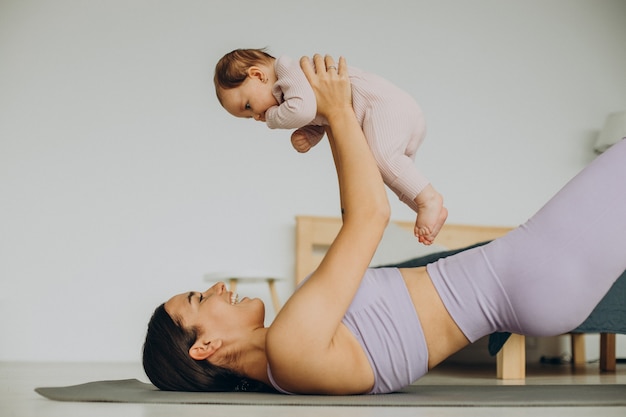
Fitness
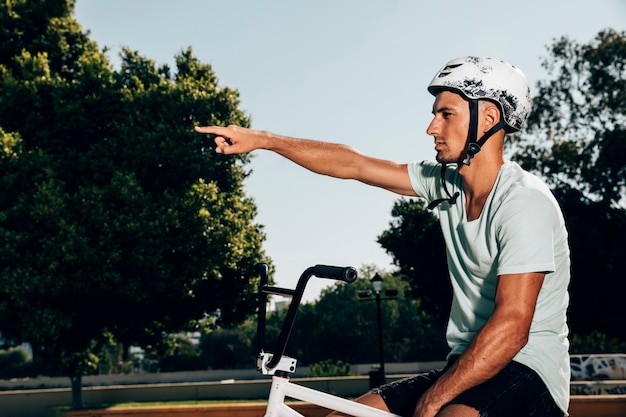
Wellness
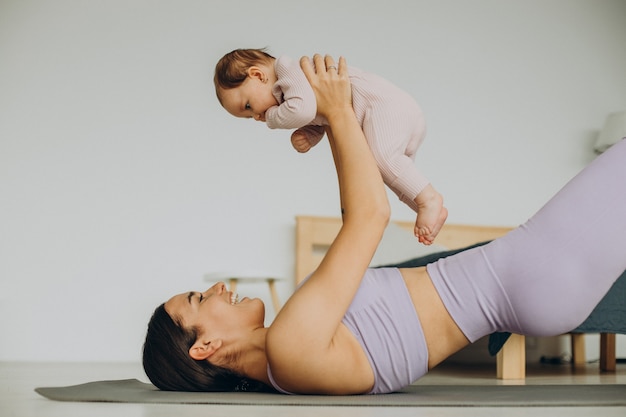
Wellness
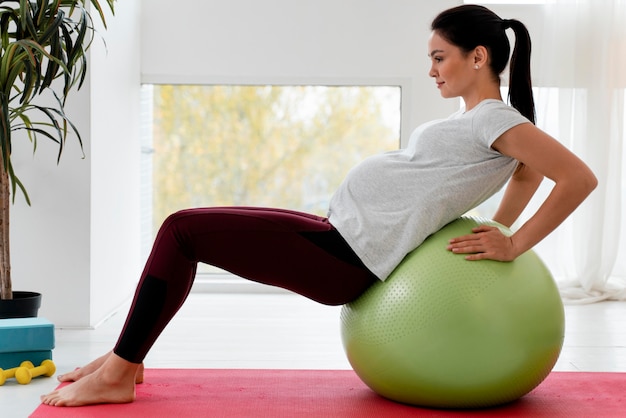
Wellness

Health

Fitness

Health

Health